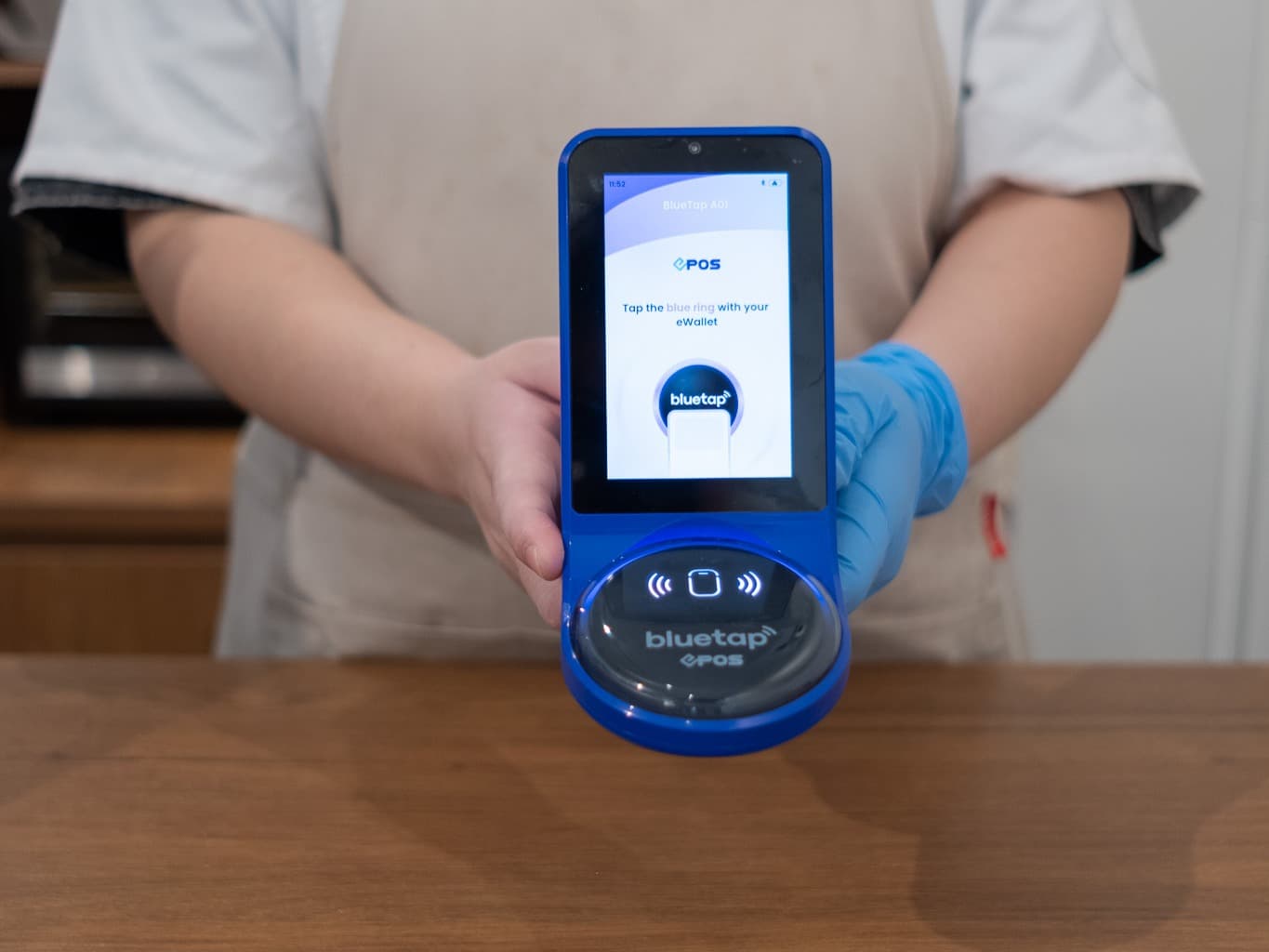
Assistive Technology is designed to assist students with various learning disabilities. Whether students have visual or hearing impairments, assistive technology helps them to perform within the classroom without the aid of a teacher. This technology helps students navigate the room and interact with classmates. Some of the features that a student may want to look for in an assistive technology classroom are the following: the ability to link up with other students at once, the ability to play music and videos, and the capability to make hands-free calls. Along with these important features, the school should include the use of touch screens. These will make using the technology much easier.
The majority of schools that utilize assistive technology in the special education classrooms require the use of text messaging software. Text messaging software makes it possible to communicate with classmates and other students within the class. Students with learning disabilities can use text messaging to sign posts and use the built-in bulletin board. The special education classroom can be an isolating place, but when communication is open, students feel more at ease and are more likely to participate in class. The use of text messaging also allows teachers to contact parents and families.
A large variety of assistive technology products are available on the market today, including computers, laptops, cell phones, video game consoles, PDAs, handheld computers, software programs and more. While the computer is a necessity, it is not always the best choice for individuals who have learning disabilities because the computer can be intimidating and difficult to navigate. For instance, some people with disabilities need a computer that has an audio output or screen that is bigger than their standard keyboard to type on. Other students may want a larger monitor so they can see the words being said on the screen.
Other technologies provide better interface controls so users can select the programs they need with greater ease. For example, specially designed assistive technology keyboards are beneficial for individuals with learning disabilities because they have easier control over the keypads. Texting functions are usually easier to use on a touch-sensitive keyboard than on a traditional keyboard. When using an assistive technology computer system, a student can make text input faster by using the arrow keys instead of the entire spacebar, as is often the case with a text input device. Using this feature also makes it easier to select which tools are available.
One of the most common uses for assistive technology devices in the classroom is the development of a journal of special education technology, or journal of special education technology. This special education journal can be used by teachers, parents, students, consultants, curriculum developers and other professionals to track progress, place initiatives and changes, and document research findings. The format of the journal can vary depending on the individual needs of the student, the situation and the organization. However, a typical journal of special education technology includes the following basic sections: (a) definitions and notes; (b) current study procedures; (c) recent innovations; (d) recommendations and case studies; (e) future plans and strategies; and (f) resources.
In terms of format, the journal of special education technology can range from a simple black and white page to a nicely illustrated, laminated page with color images and text. In terms of size, the pages can be small, medium, large or extra-large in order to accommodate the wide variety of format options that are available for journal of special education technology. There are even electronic formats available for those students who may want to view the journal online. In order to make sure that the content is relevant, it should be written as if it was intended for a mainstream audience. For example, it should address the types of disabilities commonly seen in the United States and the ways in which these disabilities can be overcome.
In addition to helping students learn more about disabilities and how they affect learning, the journal of assistive technology can also help students develop their writing skills. Students who have trouble writing tend to under-estimate their potential as writers, so it can be extremely helpful to have an objective view of one’s capabilities. When writing tests, it can be helpful to write about topics that are more common, as this will give better test scores. However, writing without a background of knowledge about the topic will only cause students to lose interest or to find ways of making the article less useful.
As technology advances and becomes more accessible to all, the use of assistive technology may become more widespread. Those who may benefit include children who suffer from autism, special needs, and other learning disorders that make it difficult to process information on paper. Furthermore, low-tech computers and devices may also contribute to this emerging trend, as it makes it easier to use assistive technology.


